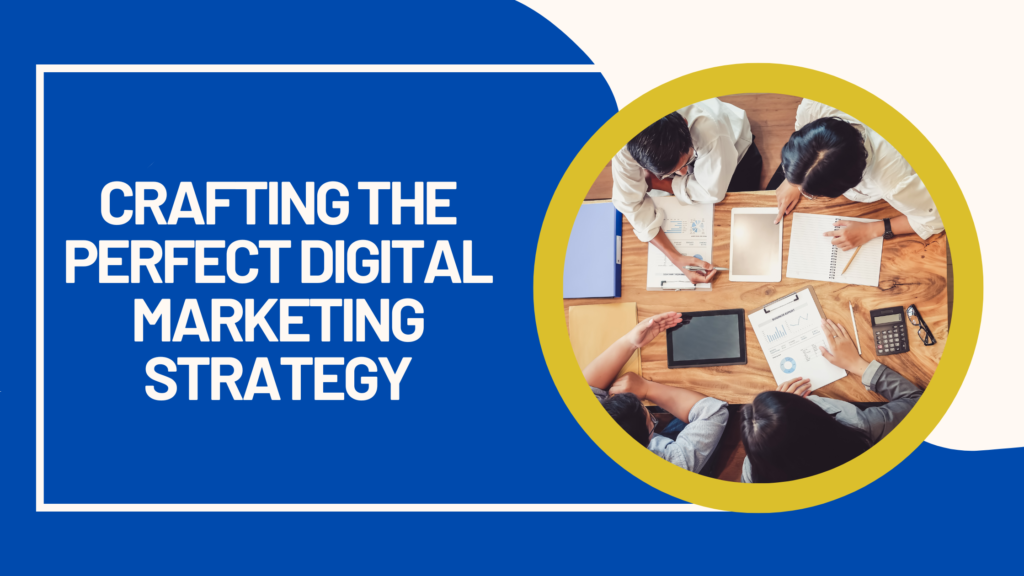Are you looking for marketing strategies to help you grow your business?
So, first of all, let me say that marketing is mainly based on strategic planning. If that is lacking there will never be advertising investments that can save your business.
What does it mean?
In very simple words, I mean that marketing strategies work if they have specific purposes. If they are created to achieve certain objectives, if you have the knowledge and skills to implement them.
Therefore, it is not enough to allocate a budget, more or less high, to reap the benefits and advantages from marketing and advertising. If there is no strategy you risk only doing a great job that will not bring any results.
Too often, marketing is treated superficially, as if it were just a clumsy attempt to dupe consumers into buying.
If this is the idea that many have:
it means that too many have underestimated the power and value of marketing strategies, have forced and exploited them in the wrong way.
The truth is that marketing, along with sales, is essential for the growth of a company or a profession. If you are looking for strategies that will really help you achieve the results you want, read on. In this article you will find out what a marketing strategy is. How to set it up and how to build an effective one using today’s tools.
What is a marketing strategy
Marketing has no clear boundaries but is increasingly involved, at different stages and levels. In the process that leads to the sale of products or services . I want to clarify right away that marketing is much more than advertising and promotional activities. With marketing you not only communicate something to potential customers but you position your brand in the market.
Web marketing strategies for entrepreneurs are general and long-term plans that aim to achieve competitive advantages . Furthermore, in order to be successful they must lead to benefits for the company but must also meet the needs and expectations of customers.
In order to do this, technologies, mobile devices and online tools are used today that make this activity more targeted and measurable.
It means that every marketing strategy must include everything:
- from the positioning of the company on the market and in the minds of consumers,
- to the actual creation of communication content,
- to building relationships with the public through shared channels,
- up to the moment of conversion. or the sale.
Marketing is involved in the entire process of defining, creating and communicating value . That’s why I want to clarify that copying other people’s marketing strategies is useless, indeed it could be counterproductive for your business.
Putting in place a strategy that was created specifically for the promotion of another company means trying to wear a suit made to measure for someone else. Strategies that work for others may not necessarily work for you.
What you can do is to intelligently “steal” the guidelines to follow, get an idea of the processes that have led to successful results and understand how to apply them to your company.
In order to work, every marketing strategy must be customized on the specific characteristics of the company and on those of the potential customers they intend to reach.
So, for marketing activities to work and make you achieve your goals they need to be strategically planned.
How?
We see it in the next paragraph.
What are the stages of strategic marketing
Strategic marketing is by definition the planning of a process, composed of a series of activities, which aims to differentiate a company from the competition .
For example, if your desire is to sell a product or service, you can’t help but plan a marketing strategy that helps you attract consumers and convince them that choosing you is better than choosing your competitor.
But before even getting to the sales funnel , there are a series of stages that make up strategic marketing and that allow you to lay the foundations for all subsequent activities.
Let’s see the main phases of strategic marketing one by one.
1. Analysis of the context and opportunities
Before you dive headlong into investing in marketing activities, it is good that you know where you are going.
This means that it is necessary to evaluate the market in which you want to enter. Who is already part of it (that is your competitors) and which are the present holes that you can fill.
Market opportunities are usually analyzed using Porter’s 5 strengths:
- (competition intensity, suppliers, customers, potential new competitors, substitute product threat)
- SWOT analysis (strengths, weaknesses, opportunities and threats).
From this awareness you can move on to the second phase.
2. Identification of objectives and customers
To do business and be successful , you can not only think about your interests, but you must consider the needs and wants of your potential customers . The reason is simple, it is they who must benefit from your products and services so as to desire them, choose them and buy them.
Furthermore, understanding who you are targeting is a fundamental key to understanding a whole range of other strategic and marketing activities. For example, the communication strategy and the way to convey your messages, the channels through which to get them to the public, etc.
Changing your target audience could also mean changing the way you present your brand and all of your products. There are many ways to say things, the way you choose must not only be in line with your company and its values, but also with the way your potential customers communicate.
It is somewhat the same concept that also applies to the sale and the seller / buyer relationship. Except that marketing is not a one-to-one relationship, but a one-to-many relationship.
3. Definition of the value proposition
As you discover the market you fit into and the consumers to target. You also need to identify your value proposition. In other words, you have to find your positioning on the market but also in the hearts and minds of consumers.
This means taking a step further than deciding what to supply and to whom. Here are the questions you need to answer : How can I help my potential customers? What:
- is their benefit if they buy my product / service?
- do I offer that no one else offers?
- differentiates me from my competitors?
Think carefully about these questions and give yourself answers as precise as possible. If these points are strong and clear to you, it will be easier for you to be able to communicate them externally and be convincing.
The more your position in the market is unique and original. The more you will be able to give consumers a different perception of your company than that of your competitors. As a result, it will be more difficult to replace, replace, or overtake you.
Your product or service must reflect your brand values and satisfy those of your customers. Remember to be consistent.
4. Choice of channels and communication
After you’ve gone through the next steps and have a clearer idea of who you are and where you want to go.
It’s time to take action.
Now you have to choose which channels to send your messages through and what type of your communications will be. This is also a crucial step because you have to make your own decisions by evaluating different variables.
The choice of the communication channel could depend on the type of content you want to convey, but also on the customers you want to intercept. In fact, the most important thing when communicating is that the message reaches the right ears.
Here are some tools of offline communication :
- TV spot;
- Posters, placards, flyers;
- Brochures and catalogs;
- Gadgets, packaging and loyalty cards.
Now let’s see some digital channels :
- Website;
- Social media;
- Search engine;
- Email marketing.
The format of the content also depends on the channel: texts, images, videos, podcasts.
After evaluating and choosing, it’s time to launch your communication campaigns and see what happens.



